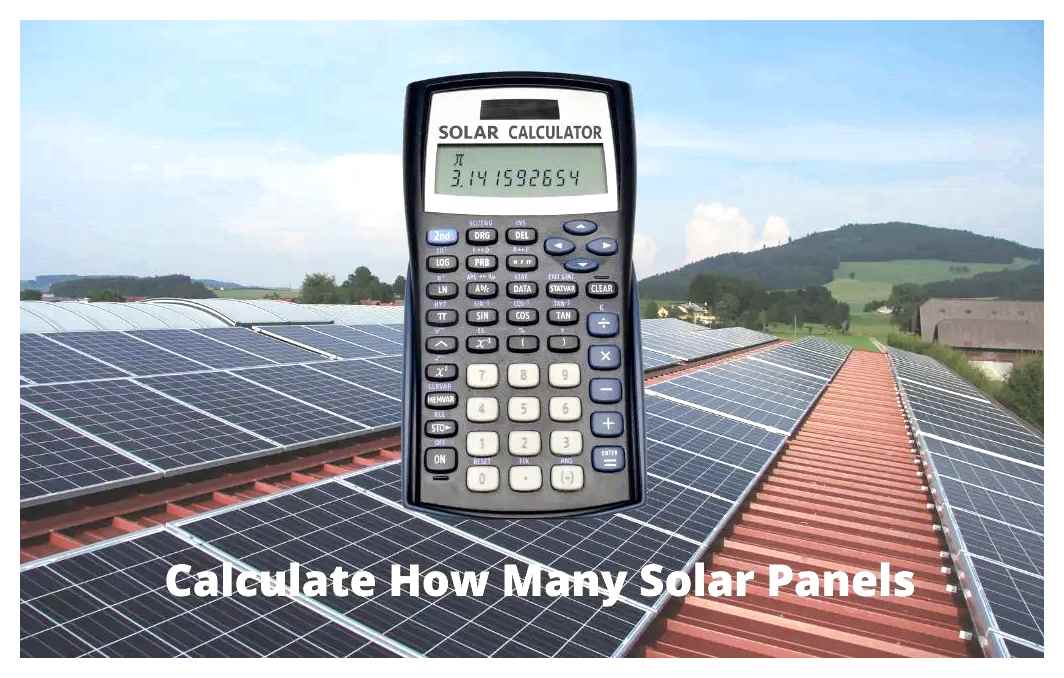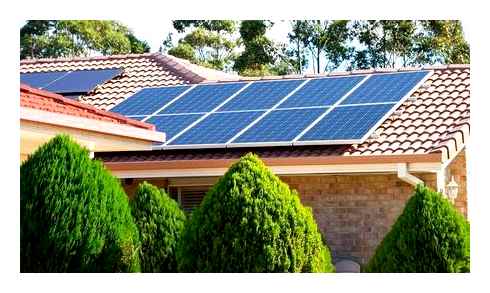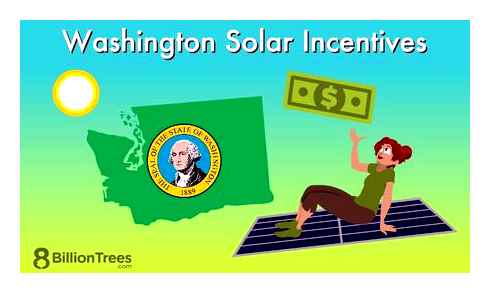New Mexico’s solar incentives are some of the best in America.
Lots of sunshine and great solar incentives make New Mexico a great place to have solar panels installed. Whether you choose to purchase or finance your solar electric system, you are making a sound decision to simply pay less for something you’re already purchasing (electricity). Solar energy systems not only save you money, but they can also increase the value of your home. Thanks to the many solar incentives and rebates in New Mexico, it’s a great place for solar; there’s a reason our state flag has a sun (zia) on it!
Here are just a few New Mexico solar rebates and incentives:
Net metering in New Mexico.
When you put solar panels on your roof, you want to make sure you get credit for the power your system generates. Luckily, New Mexico has a net metering policy that credits you for the extra electricity your system produces, and allows you to use those credits when your system doesn’t generate enough power (think of it like roll-over minutes). PNM, Central New Mexico Electric, Mora-San Miguel, Los Alamos County, and several other local co-op utilities offer net metering programs in New Mexico.
The New Mexico Solar Market Development Tax Credit or New Mexico Solar Tax Credit was passed by the 2020 New Mexico Legislature and signed by New Mexico Governor Michelle Lujan Grisham.
- This bill provides a 10% tax credit with a savings value up to 6,000 for a solar energy systems.
- The bill states that a business or homeowner who purchases and installs a solar energy system on or after March 1, 2020 are eligible for this tax credit.
- First come first served. the solar tax credit has an annual allotment of 12M. This will go quickly, so don’t wait to get your solar project started.
Property sales tax exemption for solar
Even though solar increases the value of your home and allows for greater marketability, that extra value is exempt from property taxes in New Mexico. A property tax exemption makes it more economically feasible for a taxpayer to install a solar system on a residential or commercial property – you get the financial benefits of generating your own power, without having to worry about a higher tax bill!
New Mexico also offers state sales tax exemptions for solar panel installation. A sales tax exemption means that homeowners and businesses would not have to pay any additional state sales tax on their solar panel system.
AVERAGE SAVINGS VALUE OF PROPERTY TAX EXEMPTION: Variable
AVERAGE SAVINGS VALUE OF SALES TAX EXEMPTION: 450,750
Federal Solar Tax Credit (ITC) Inflation Reduction Act.
Perhaps one of the greatest and most-known solar incentives comes from the Federal government.

All 50 states are eligible for a Federal Investment Tax Credit (ITC) to reduce the cost of the system. Thanks to the recently signed Inflation Reduction Act, solar projects now quality for a 30% tax credit based on the value of your system (parts, labor, permitting, etc.) If you choose to purchase or finance your system, this tax credit goes to you directly through your federal tax return!
AVERAGE SAVINGS VALUE OF INVESTMENT TAX CREDIT: 9,000
Consult with tax professional to determine if credit can be fully utilized based on your taxable liability.

Saving with Solar Incentives in Vermont
You can take advantage of a federal tax credit equal to 30% of what you paid for solar. This credit was recently increased from 26% and is secured at 30% through 2032 thanks to the Inflation Reduction Act.
You’ll get paid for the power you produce. Your utility will ‘net-meter’ the power you send back into the grid, crediting you for kWh your solar panels produce. This adds up to thousands of dollars over the lifetime of your system.
You won’t pay sales or property taxes on your solar in Vermont. Any increase in your home value is exempt from your state property taxes, and your solar system purchase is also exempt from all applicable sales taxes. It really does pay to go solar in Vermont, right?
Someone will be in touch shortly. If you would like to expedite the process of going solar, and get scheduled for a home visit, please click here to provide additional information about your home.
How to Save with Solar Incentives in Vermont
The federal tax credit, also called the federal investment tax credit or “ITC”. was just increased to 30% through 2032 thanks to the Inflation Reduction Act. While this sizable credit has been a huge help for solar consumers, it is contingent upon a family’s tax liability. Basically, your tax credit is limited to what you pay in taxes over the course of a given year. The good news is, you may be able to use the credit over multiple years. Everyone’s tax situation is different, and we’re not tax experts, so we always recommend speaking with your tax professional to see if you’ll be able to benefit from this tax credit.
The state net metering incentive for home solar is based on a law requiring public utilities to fairly credit solar customers for the energy that they add to the grid. In Vermont, for each kWh of energy sent back to the grid, you’ll get a credit on your electric bill. That adds up to thousands of dollars in credits over the life of the system! Your system essentially pays for itself over time by offsetting your electricity costs.
% Solar Investment Tax Credit (ITC)
When you purchase and install a solar electric system on your home, one of the biggest incentives you can take advantage of is the the federal solar investment tax credit (ITC), where you can take a tax credit off your personal income tax return for 30% of the solar system cost (with no cap). This can be taken all in one year, or spread out over five years.
Extended Solar Tax Incentives
Through the Inflation Reduction Act signed into law on August 16, 2022, the 30% solar tax credit that previously ended in 2021 was reinstated for all residential solar installations through 2032. This higher 30% rate is also retroactive to 2022 solar installations that were previously subject to the 26% rate.
There has never been a better time to go solar and help create a cleaner and more sustainable energy future for generations to come. If you’d like to start your solar journey and claim the newly reinstated 30% solar tax credit, click the button below for a free, no-obligation solar consultation.
Where to Find Solar Incentives
The N.C. Clean Energy Technology Center, funded by the U.S. Department of Energy, at N.C. State University has created one of the most comprehensive systems in the country to search and learn about information on incentives and policies that support renewables and energy efficiency. This system is called DSIRE © and it allows information to be easily filtered by state. Information on this site is constantly updated, making it straightforward to those applying for incentives, as the current requirements are clearly listed.
Solar systems are a great addition for Arizona homeowners to consider as the benefits more than likely outweigh the costs. Solar power reduces cost, encourages and supports green-living in your community and enhances your overall lifestyle. Be sure to speak with a residential solar system expert to learn more about the solar incentives available to you.
How To Test Solar Panels’ Power Output (Both With and Without a Multimeter)
Microinverter vs String Inverter? How to Pick With 1 Easy Question (Solar Inverters)
1 Wikipedia. (2023, May 25). Solar panel. Wikipedia. Retrieved June 2, 2023, from
2 Walker, E. (2023, March 1). How to Install Solar Panels | EnergySage. EnergySage Blog. Retrieved June 2, 2023, from
3 Berdikeeva, S. (2023, April 11). Do Washington State’s Incentives Make Solar Panels Worth It? CNET. Retrieved June 2, 2023, from
4 Solar Washington. (2023). Current Solar Incentives in Washington. Solar Washington. Retrieved June 2, 2023, from

5 Office of Energy Efficiency Renewable Energy. (2023). Homeowner’s Guide to the Federal Tax Credit for Solar Photovoltaics. Department of Energy. Retrieved June 6, 2023, from
6 Office of Energy Efficiency Renewable Energy. (2023). Solar Photovoltaic Cell Basics. Department of Energy. Retrieved June 6, 2023, from
How Many Solar Panels Does The Average Home Need?
9 Washington Department of Revenue. (2023). Tax incentive programs | Washington Department of Revenue. Washington Department of Revenue. Retrieved June 6, 2023, from
10 NREL. (2023). NREL’s PVWatts® Calculator. PVWatts Calculator. Retrieved June 6, 2023, from
11 Washington State Department of Ecology. (2023). Washington Recycle. 1-800-Recycle. Retrieved June 6, 2023, from
12 U.S. Government Publishing Office. (2023). 26 U.S.C. 25D – Residential energy efficient property – Content Details – USCODE-2011-title26-subtitleA-chap1-subchapA-partIV-subpartA-sec25D. GovInfo. Retrieved June 6, 2023, from
13 Office of the Federal Register. (2022, September 27). Green and Resilient Retrofit Program: Request for Information. Federal Register. Retrieved June 6, 2023, from

14 Washington State Department of Commerce. (2023). Weatherization Programs. Washington State Department of Commerce. Retrieved June 6, 2023, from
15 Washington Utilities and Transportation Commission. (2023). Net Metering. Washington Utilities and Transportation Commission. Retrieved June 6, 2023, from
16 IRS. (2023, February 17). About Form 5695, Residential Energy Credits. IRS. Retrieved June 7, 2023, from